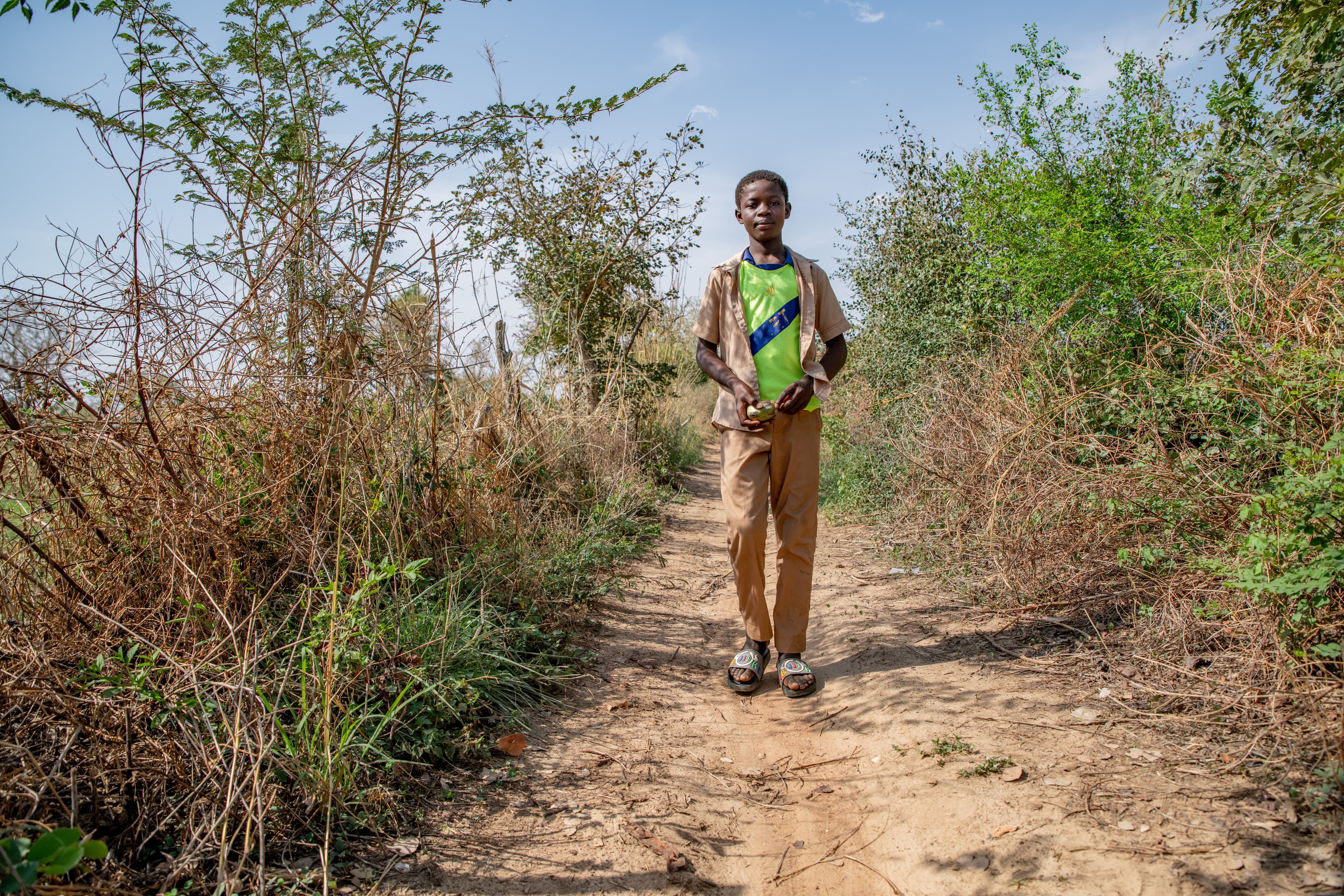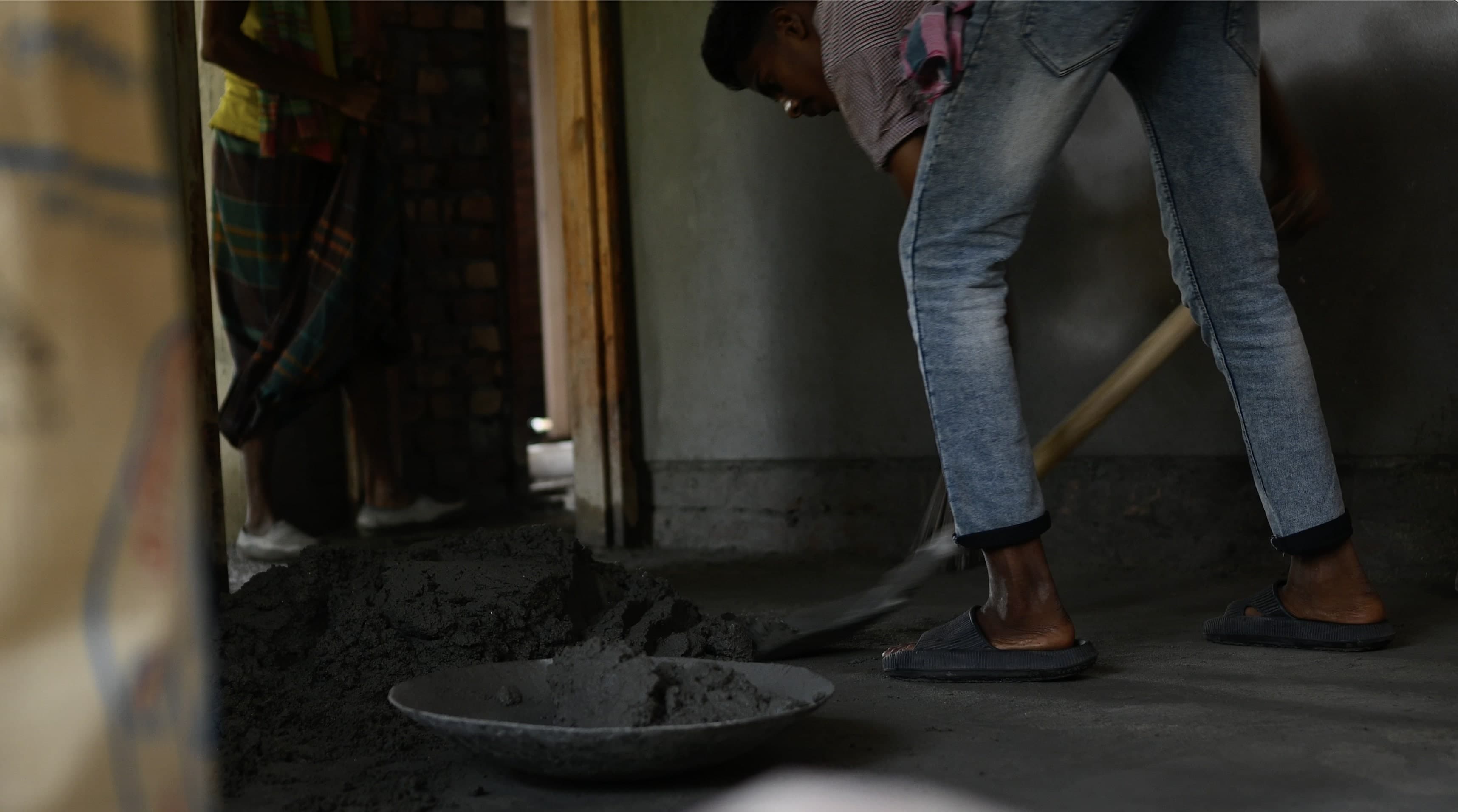Child labor is work that deprives children of their childhoods, their God-given potential and their dignity. It’s harmful to their physical, mental and spiritual development.
Child labor has many causes, including poverty, cultural and social beliefs and exploitation.
You can fight back against child labor by partnering with Compassion to protect vulnerable children around the world.
What Is Child Labor?
The International Labour Organization (ILO) defines child labor as “work that deprives children of their childhood, their potential and their dignity, and that is harmful to physical and mental development.”
Child labor is work that keeps children from thriving and reaching their God-given potential. It’s work that hurts their physical, emotional and spiritual well-being. There are many types of child labor, from trafficking to forced work in mines.
In impoverished communities, children often have to work simply because their survival depends on it. When a family is very poor, young children are often forced to work to provide for themselves or to add to the household income.
Imagine a five-year-old going to bed hungry with no hope of food tomorrow unless they work. This is the basis of child labor.
Child Labor Statistics
Around the world, millions of children are exploited through child labor. According to UNICEF, nearly 138 million children are impacted by child labor. Regions in Africa have the highest child labor rates, including those in Sub-Saharan Africa. However, child labor happens in countries around the world.
What Are the Causes of Child Labor?
There are many causes of child labor, including:
Poverty: Children living in extreme poverty must survive on less than $3.00 per day. This amount is far from enough and often forces children to work to provide. Studies show that millions of children engaged in child labor live in impoverished countries, such as those in Sub-Saharan Africa.
Cultural and social beliefs: In some countries, child labor is deeply ingrained in local customs and habits. This prevents parents from understanding that child labor is against the interests of children and in many places illegal.
Exploitation: Sadly, people intent on committing evil acts often take advantage of the most vulnerable. For example, debt bondage is a common form of modern slavery that occurs when family members faced with hardship incur debt and a relative is forced to work to pay it off. Feeling as if they have no other choice, parents may feel forced to give over their children, resulting in them being enslaved for family debt.
What Are the Effects of Child Labor?
The effects of child labor are many. Girls and boys often start carrying out hazardous work at a very early age while their bodies and minds are still developing. Boys may work with dangerous machinery while girls may be forced to perform commercial sex acts.
These hazardous environments hurt children in many ways. Children often experience physical injury, disease and emotional trauma. And living in poverty, essentials like medical care are often out of reach, leaving children suffering.
Children forced to work also miss school, leaving them without the educations they need to improve their well-being as adults. This alone can keep children trapped in a cycle of poverty for years to come.
How to Stop Child Labor: Give to the Vulnerable
Speak up for those who cannot speak for themselves, for the rights of all who are destitute. Speak up and judge fairly; defend the rights of the poor and needy. — Proverbs 31:8-9, NIV
God calls us to stand up for those who can’t stand up for themselves, and that includes children. At Compassion, we take this call seriously, doing what we can to protect vulnerable children around the world.
But we can’t do it alone. Compassion depends on a network of local church partners to identify, intervene, protect and support at-risk children. And they depend on the generosity of people like you who are willing to say yes to support this life-changing cause.
Together, we can provide at-risk children with the love, care and protection they need to thrive. By donating to our Highly Vulnerable Children fund, you’ll help our church partners deliver:
Counseling and rehabilitation for hurting children.
Critical necessities like medical care, nutritious food, shelter, clothing and clean water for children in immediate need.
Parental education on topics like trafficking prevention awareness and income generation, protecting children from exploitation.
When you donate, you’re supporting Compassion in our effort to rescue little ones from child labor, abuse, exploitation, trafficking, desertion and even homelessness.


